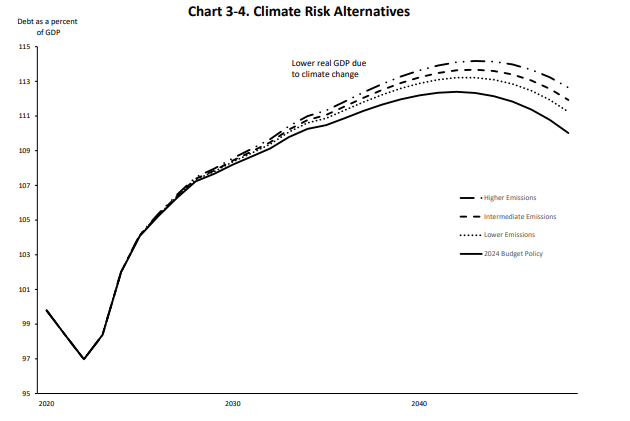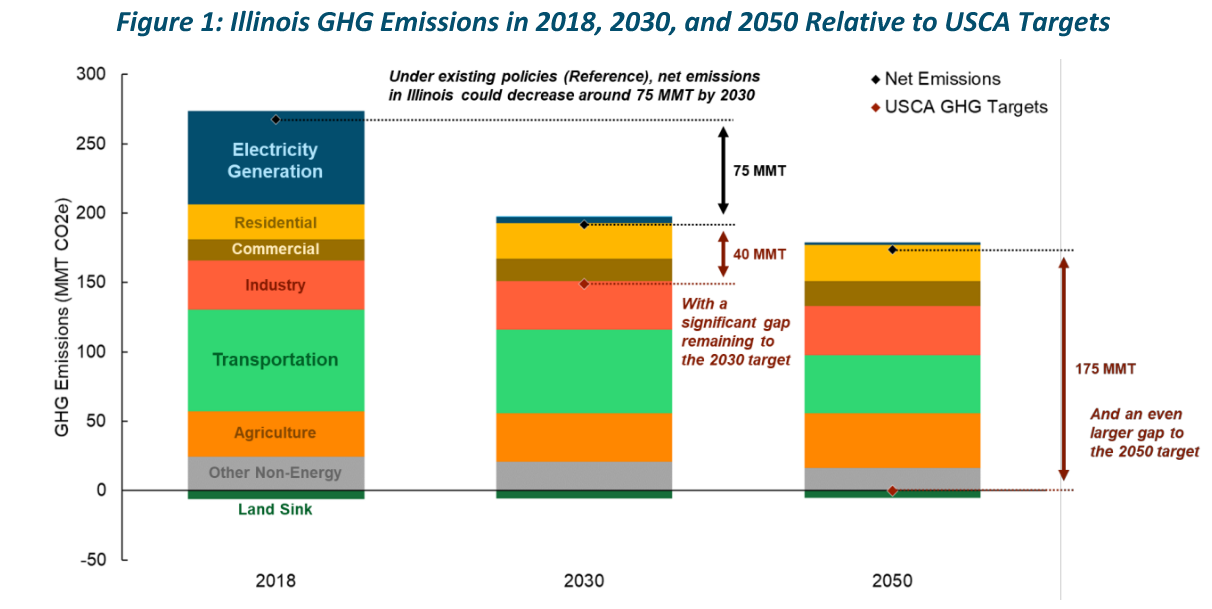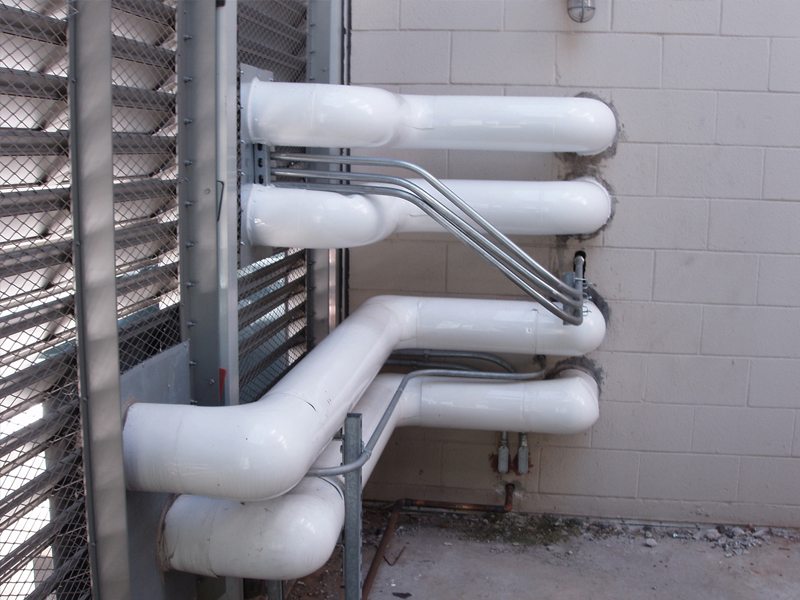Why is there legislation to decarbonize? Understanding Decarbonization Legislation: Why Energy Conservation Codes Matter
Decarbonization legislation aims to reduce greenhouse gas emissions and combat climate change. This article explores why such legislation is crucial, focusing on the role of energy conservation codes and their economic implications. Most people who are involved in the construction industry are aware of energy conservation codes. But the question that is seldom asked is “why do we have energy conservation codes?” The most common answer “saving the planet for future generations”, while noble, is not the government’s reason.
The origin of most federal energy conservation legislation can be traced back to volatility in global energy markets cause by instability in the middle east. EPCA corresponded to the OPEC oil crisis. EPAct corresponded to the invasion of Kuwait. EISA corresponded to the uprising in Iraq and “The Surge”. The primary goal of all these federal acts was to reduce dependency on foreign energy sources and their impact on the US economy.
Climate change also represents a significant threat to the US economy and decarbonization is a powerful tool that can help slow down that climate change.
What is climate change and how does it impact the economy?
Climate Change and Its Economic Impact
Climate change is the consistent deviation from historical temperature and precipitation patterns along with changes in the frequency and intensity of severe weather events.
The general trend is toward global warming. Average global temperatures have been consistently increasing with 9 of the top 10 warmest years on record occurring since 1998. Most post WWII global warming is attributed to the greenhouse effect.
The greenhouse effect is caused by the buildup of greenhouse gases (GHG) in the atmosphere. Carbon dioxide is the primary GHG emitted through human activities and represents 79% of all US greenhouse gas (GHG) emissions. Most of these gases are emitted by the burning of fossil fuels (coal, gasoline/diesel, natural gas). GHGs cause energy from the sun, that would normally be reflected back into space, to be instead reflected back towards the earth.
Climate change affects the economy. Much of our economy depends on the stability and predictability of the environment. However, climate change has resulted in increased incidences of disrupted agricultural production/crop failure, quantity of major wildfires/storms, strains on utilities (gas, water and electric), damage to aging public and private infrastructure that wasn’t designed for extreme weather conditions, etc. Economic projections from the federal government comparing current federal decarbonization policy to ‘do nothing’ scenarios have estimated a potential yearly impact of just under 3% of US GDP by 2048 – over a trillion dollars per year. While climate change affects the entire US economy, the socio-economic groups that are most likely to be impacted are typically the least able to afford the costs associated with adaptation to climate change.

Why do buildings matter in decarbonization?
The Role of Buildings in Decarbonization
The built environment generates 42% of global CO2 emissions – 27% is associated with building operations (use of energy for cooling, heating, lighting, etc) and the other15% is associated with embodied carbon (energy needed for creation of building materials).
Oddly enough, even buildings that use only electricity for heating and cooling still have a significant carbon footprint. This is because the fuel mix associated with electrical generation includes a significant percentage of natural gas and coal fire power plants. A study commissioned by the State of Illinois determined that the state’s electrical generation industry contributed roughly 75 MMT (million metric tons) of GHGs every year.
To this end, Illinois’ Climate and Equitable Jobs Act (CEJA), includes provisions to phase out carbon emissions from the electrical generation sector through adoption of renewable energy sources. Although the phase out schedule has several variables such as geographical location within the state, the statutory requirements is that by January 1, 2045, the Illinois electrical generation sector will be zero emissions.

While eliminating emissions in Illinois’ electrical generation sector represents a dramatic decrease in overall GHG emissions, it still doesn’t meet the state’s official goals. In 2019, the State of Illinois joined the US Climate Alliance (USCA) and its commitment to the 2015 Paris Climate Accords. Ultimately, the USCA has committed to reducing GHG emissions to 50-52% below 2005 levels by 2030 and achieving net-zero emissions no later than 2050. To meet these targets, CEJA also targets the transportation sector for decarbonization. However, there is still a significant shortfall that has yet to be resolved as the above graph indicates. To meet the targets, reducing the roughly 40 MMT represented by residential and commercial buildings is not optional.



















